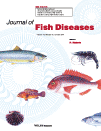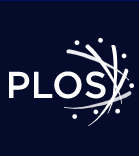Effects of dietary deoxynivalenol or ochratoxin A on performance and selected health indices in Atlantic Salmon (Salmo salar)

Abstract
Post-smolt Atlantic salmon (Salmo salar) were fed with standard feed added one of five concentrations of either pure deoxynivalenol (DON; 0.5–6 mg/kg) or pure ochratoxin A (OTA; 0.2–2.4 mg/kg), or no added toxins for up to 8 weeks. Performance effects (feed intake, feed efficiency, gain, length and condition factor), various clinical biochemical parameters, packed cell volume and vaccination response against Aeromonas salmonicidae were all inversely correlated with DON dose, whereas relative liver weight increased with DON dose. In fish fed OTA, however, the effects at the doses tested were rather small. We observed no effects of OTA exposure on performance parameters, but some clinical biochemical parameters tended to increase with OTA dose primarily at 3 weeks, and compared with controls OTA exposure caused increased mRNA expression of two immune markers in the spleen. No liver histopathological effects were found from DON or OTA exposure. For DON, we derived a BMDL20 of 0.3 mg/kg feed for reduced total protein in plasma, a BMDL5 of 0.5 mg/kg feed for reduced condition factor, and a NOAEL of 1 mg/kg feed for DON. For OTA, a BMDL or NOAEL could not be derived (>2.4 mg/kg).

